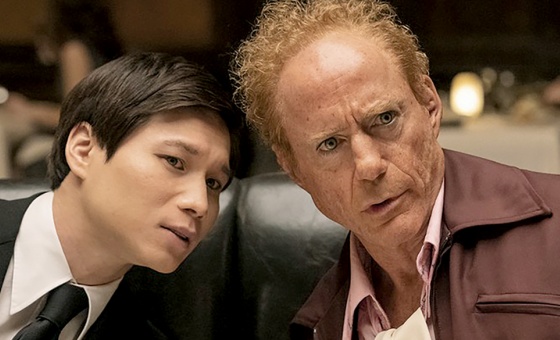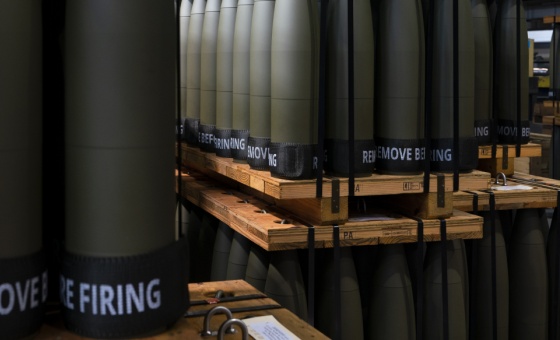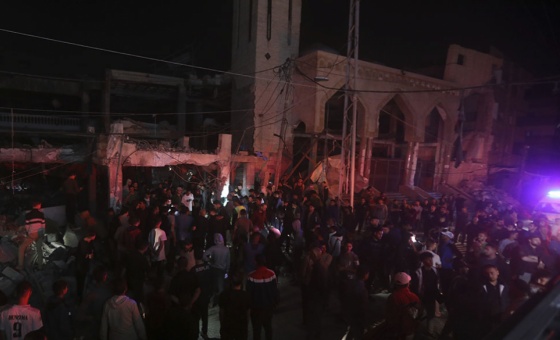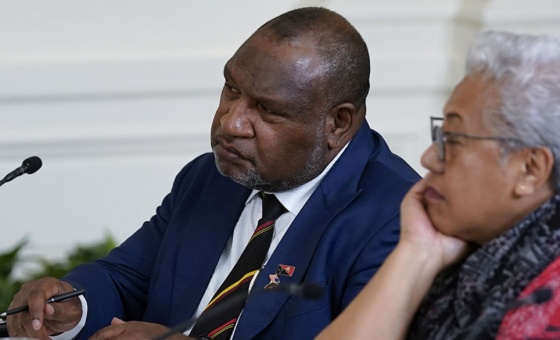This is the last article you can read this month
You can read more article this month
You can read more articles this month
Sorry your limit is up for this month
Reset on:
Please help support the Morning Star by subscribing here
TO UNDERSTAND queer identities such as McKay’s, we must not solely seek to look for “evidence” of queerness in relation to McKay’s sexual relationships; queer black histories cannot just be examined by declared mentions and moments of same-sex sexuality.
How McKay’s queer identity surfaced and was performed is more complex. McKay’s writing, which commented upon his identity or the “queer” way in which he viewed the world and lived his life, was often implicit and subtle.
Writing about “queer London” includes writing about, and researching beyond, the boundaries, lived and archival, of London; for London includes those whose lives were influenced by and lived within empires, diasporas, political communities — at city, transregional and transnational scales. Londoners were not bounded in their personal geographies.
This transnational identity proved to be one of the main reasons for the deep disappointment McKay later experienced when living in London, where he was confronted with the reality of his racialised existence as a black person in the imperial metropole, as opposed to the romantic imaginative geographies of England shaped by his reading of English literature in Jamaica.
Although he did not want to be defined as a poet who dealt only with race, his poems on race were a significant articulation of his identity, reflecting on racism, colonialism, and the experiences of being a person of African heritage living in countries saturated with racial discrimination.
His experiences in the city were complex. He contributed to literary and political radical writing and publishing in London.
In his memoirs, McKay painfully recalled the colour bar preventing him finding accommodation near to the British Museum; he had wanted to stay close to the museum’s reading room where he spent much of his time reading and drafting work.
Though eventually exasperated by the paper, much of his London experience centred on working alongside the radical activist Sylvia Pankhurst on her socialist newspaper The Workers’ Dreadnought.
He joined the Workers’ Socialist Federation, which produced the newspaper, and helped edit and run the paper along with contributing his own articles on subjects including the experiences of dockers — of all ethnicities — as well as socialism, racism and Garveyism, the movement founded by Jamaican Marcus Garvey.
These articles were based on meeting a wide range of activists as well as dock workers in East London. One article he helped to publish, penned by a Royal Navy sailor called Discontent on the Lower Deck, prompted a police raid on the Dreadnought’s offices. Pankhurst, who refused to name McKay as being involved in the publication was convicted of publishing seditious articles and sentenced to imprisonment.
McKay also published poetry in the Dreadnought under various pseudonyms — fiercely political, radical poems on the experiences of the marginalised, on racism, capitalism and struggles against oppression.
His activities tied to the paper, including the people he met while working there and those he interviewed for stories, were a significant constituent of his political and social life during his time in Britain. His radical poems and articles are generally published using pseudonyms. His non-political poems, however, were published in the Dreadnought using his own name.
This division represents the careful way in which he negotiated his newly formed career in London-based radical communism with his career as a poet. However, his radicalism and poetry cannot and were not completely divorced from one another and he did not seek this division.
But, as he feared, the Dreadnought was subject to police surveillance and so McKay’s radicalism became more potentially dangerous and in need of protection during his short London stay.
McKay’s political radicalism was tied to his affinity with working-class life in all its diversity — a long-standing public commitment which began with his early Jamaican poems about the lives of Jamaican working people and social, racial and economic inequality.
McKay’s love poems, while not overtly political, were radical in several ways. His poetry was published in an environment of sexualised racism against black men and McKay was explicitly exploring and sharing expressions of love to the wider world as a man of African-Caribbean heritage.
McKay commented on the sexualised racism he and others had to contend with as a result of being a poet of African heritage who wished to write and talk about love. They were radical in their discussions, musings and declarations of love, including queer love and “transgressive” love.
McKay’s work with the The Workers’ Dreadnought saw him document the lives of those affected by global capitalism, particularly sailors and soldiers from across the globe living and working in London’s East End. These were the individuals McKay chose to socialise with and his friendships were built upon not just common kinship but also an internationalist identity of workers’ struggles.
McKay’s two main haunts in London were the International Socialist Club and the Drury Lane Club, the latter a club for “coloured soldiers.” Reflecting on his time in London, McKay did not think that he could have survived his time in the capital without the “freedom” provided by these two spaces.
He spent most of his time at the International Socialist Club. This he described as a space “full of excitement, with its dogmatists and doctrinaires of radical left ideas: Socialists, Communists, anarchists, syndicalists, one-big-unionists and trade unionists, soap-boxers, poetasters, scribblers, editors of little radical sheets which flourish in London.”
McKay reflects upon the men (he mentions no women) who he introduced to the International Socialist Club (ISC) in Shoreditch: a mulatto sailor from Limehouse, a West Indian student from Oxford, a young black minister of the Anglican church, who was ambitious to have a coloured congregation in London, a young West Indian doctor from Dulwich, three soldiers from the Drury Lane club and a couple of boxers.
These same dockers, sailors and “vagabonds” appear in his novels, though usually in locales such as France and the United States.
For McKay, the East End of London, though providing a refuge from the elite bohemian space of 1917, also had a geography of isolation and fear [and] he experienced overt racist violence.
McKay’s time in London was complex; alongside surveillance, fear, racism and violence, he established significant and positive friendships and achieved his aim of publishing a collection of poetry while maintaining and developing his interest in radical left-wing politics.
Unpacking how these experiences intersected with his understanding of his sexualised identity holds many of the complexities of coded and opaque readings of archival works with which many of those researching queer London contend.
However, if we are to unpack the “freedom” that bohemian and queer spaces, such as central London clubs or working-class spaces in the East End held for McKay, his sexual identity cannot be uncoupled from his experiences of racism in the city which had held so much promise for him before he arrived.
However, the geographies of identity of the black men with whom McKay socialised remain, for now, deeply embedded within the archive.
Were the black soldiers, boxers and colonial soldiers to whom he refers part of a black queer network “of public and commercial sociability,” providing an opportunity for McKay to tap into sites of “vibrant, extensive and diverse queer urban culture?”
What might their stories be and how might geographies of black queer London differ and overlap with those of other queer communities in inter-war London with sensitivity to how “race” made queer blackness visible in certain spaces in ways other queer communities were not?
However, as with uncovering many diverse or marginal experiences in the archives, a reading “against the grain” provides us with an understanding of the way in which McKay’s queer black life was experienced, formed and articulated, even if we do not have access to all the biographical details of this queer black life.
- This is an edited extract from Sex, Time and Place: Queer Histories of London c.1850 to the Present, edited by Simon Avery and Katherine M Graham and published by Bloomsbury, price £85.
We need your support to keep running. If you like what you read please donate by clicking here









